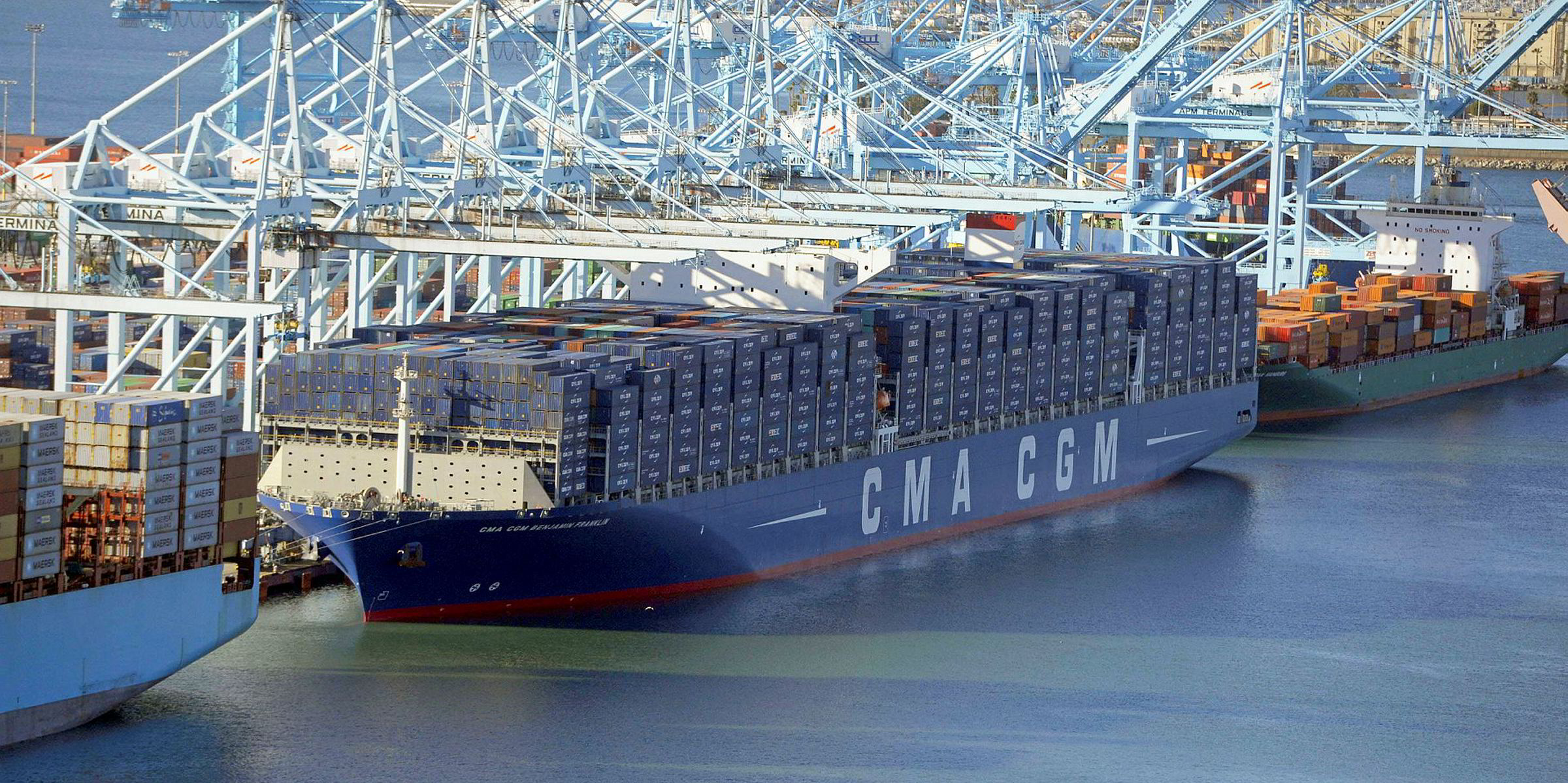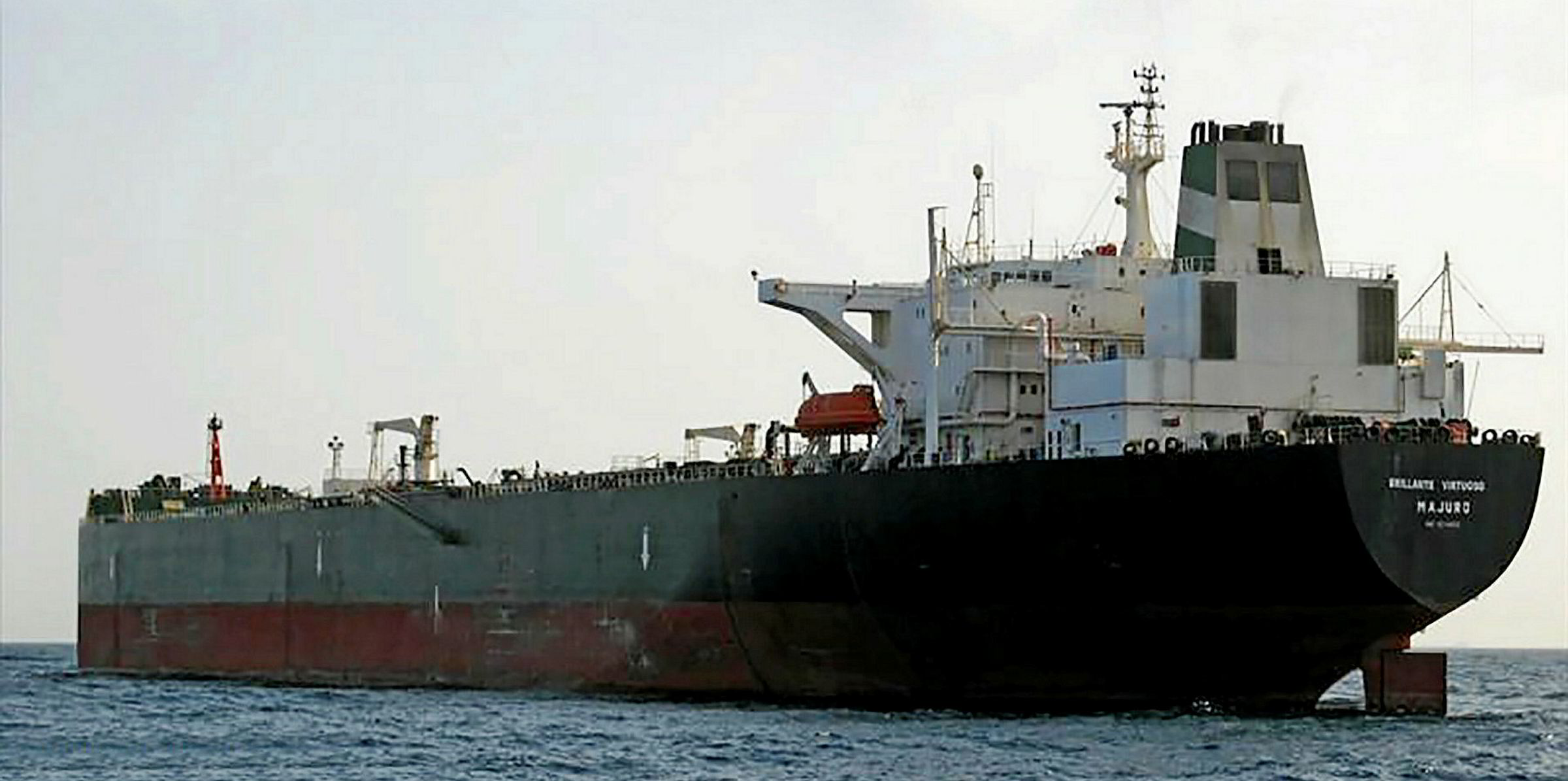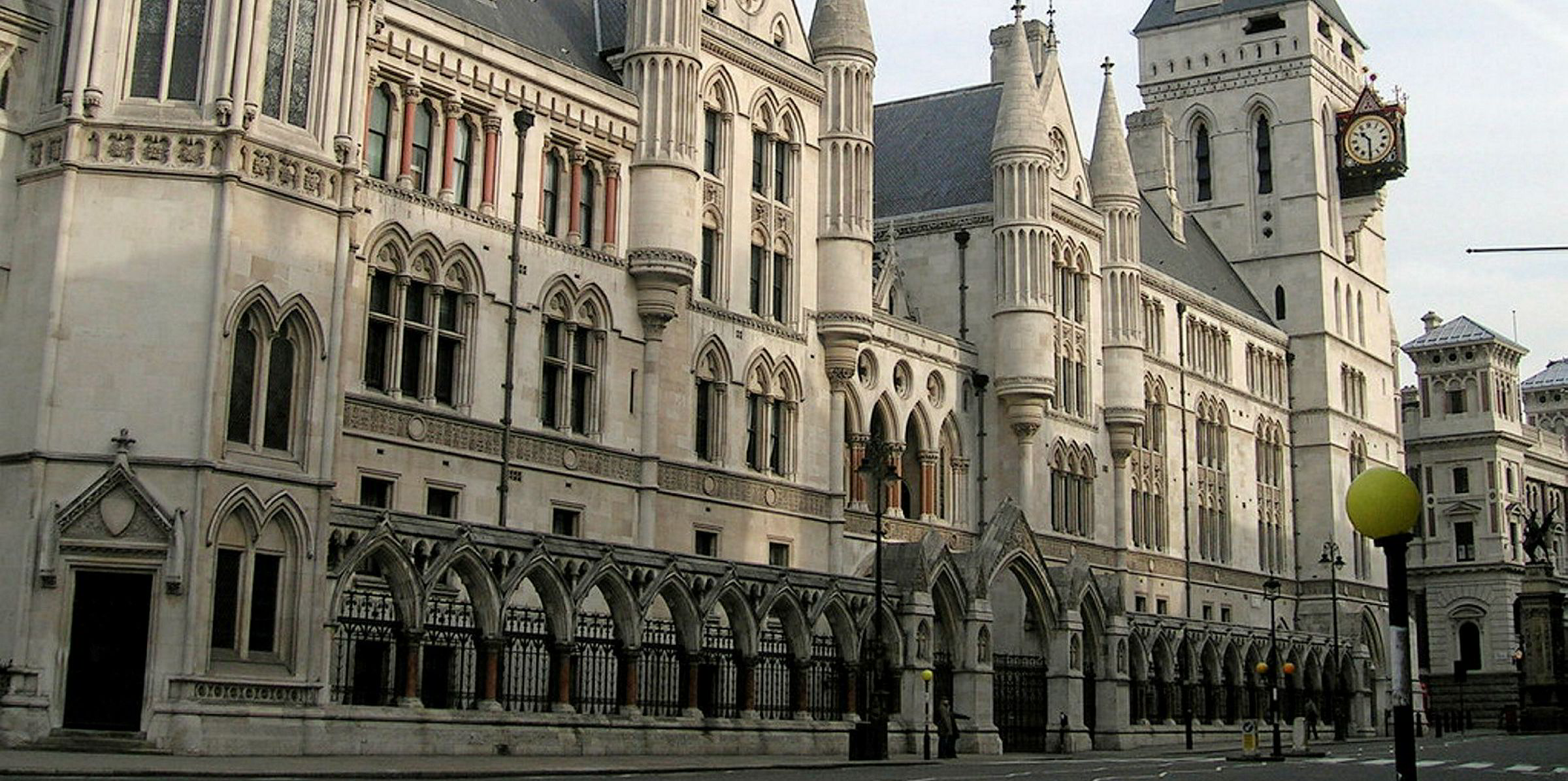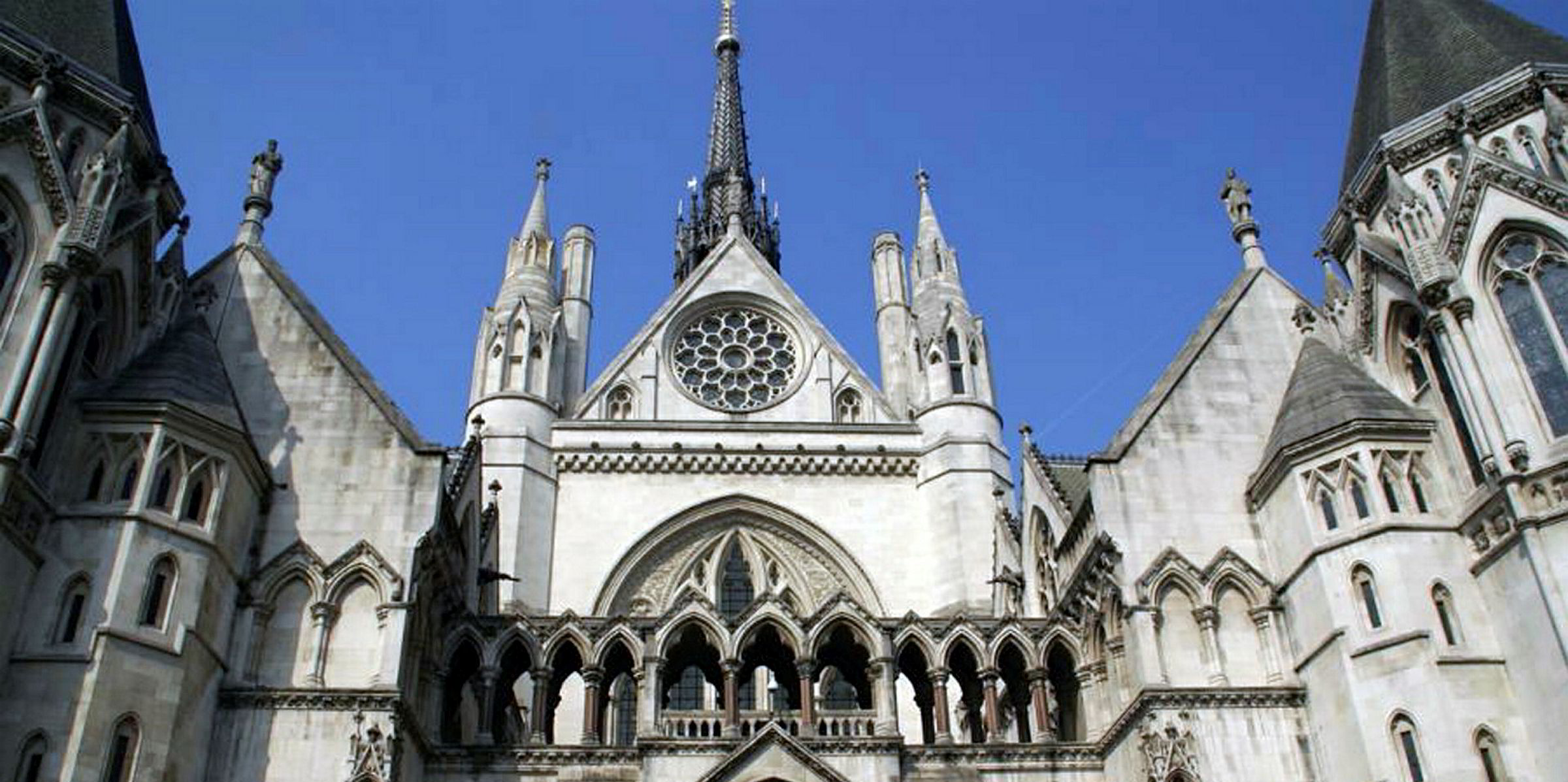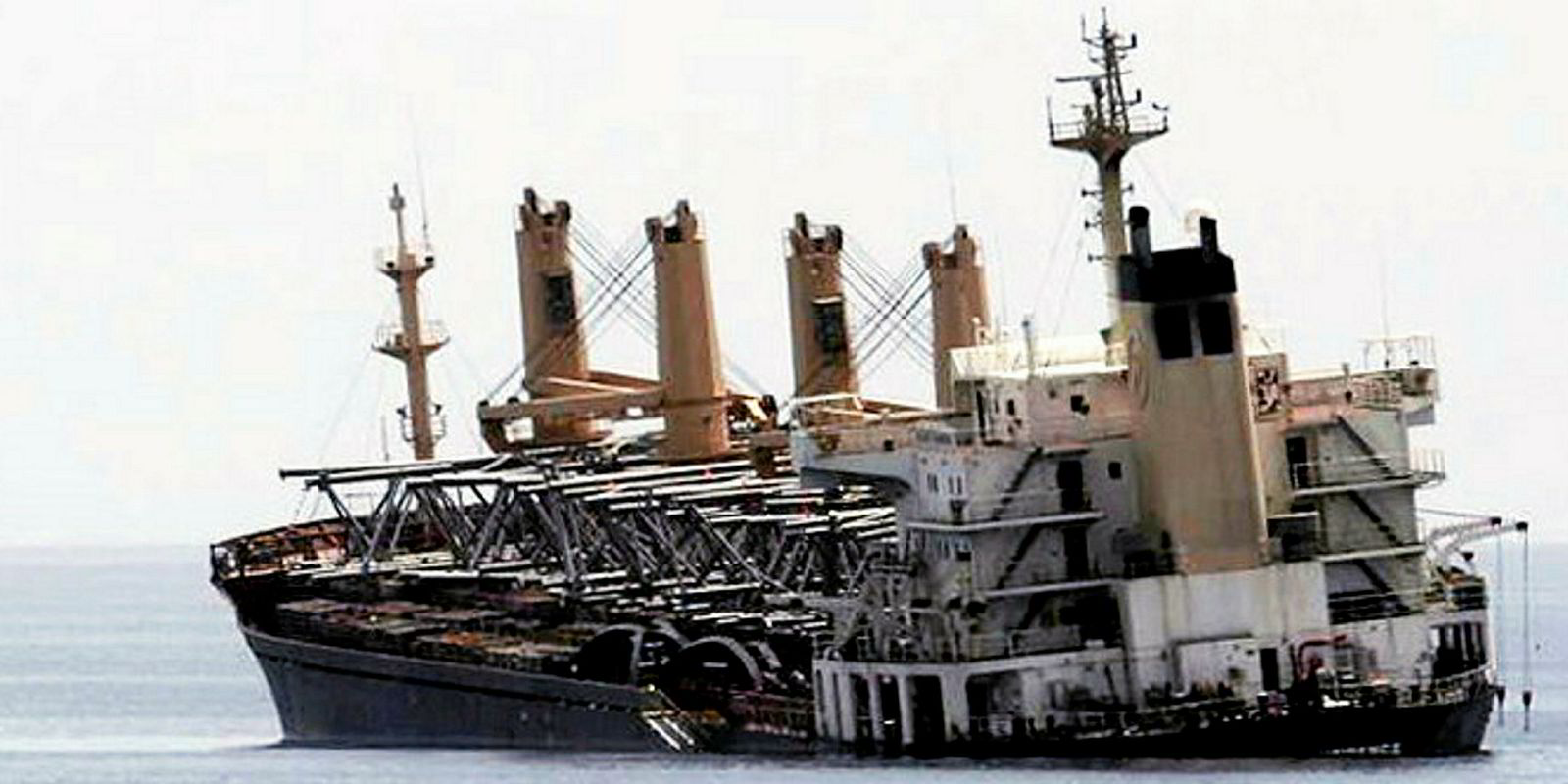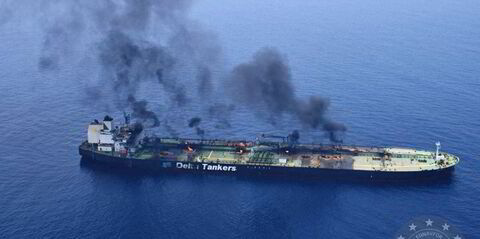Cargo owners have resisted a general average (GA) claim after a UK High Court trial ruling that sets a new standard for the seaworthiness of ships.
It is believed to be the first time a defective passage plan has rendered a vessel unseaworthy in law ahead of a voyage.
French line CMA CGM was claiming the remaining $800,000 from a GA claim of $13m after its laden 11,356-teu CMA CGM Libra (built 2009) grounded while leaving the port of Xiamen, China, in 2011.
But Justice Nigel Teare ruled that the vessel was unseaworthy because of a defective passage plan and found the master had navigated negligently by taking the ship outside of the marked fairway.
He said: "Due diligence to make the vessel seaworthy was not exercised by the owners because the master and second officer failed to exercise reasonable skill and care when preparing the passage plan.
"It follows that the grounding of the vessel was caused by the actionable fault of the owners and so the cargo interests are not liable to contribute in general average."
CMA CGM had already banked GA payments from 92% of cargo interests, but 8% were holding out, including insurer Allianz Elementar Versicherungs.
The shipowner said the cause of the casualty was an uncharted shoal.
But cargo interests argued that the ship was unseaworthy due to the inadequate passage plan which caused the grounding, and that due diligence was not exercised to make the vessel seaworthy.
Captain's error
The court said that the vessel's captain, identified as Mr Culusi, said he decided to leave the ship in the port side channel "because upon arrival in Xiamen the day before, north-west bound, the VTS warned me that there is shallow water ahead on the east of the channel."
"When I tried to re-enter the channel today, nearby Buoy 14-1, the vessel was steering with difficulty due to the deep draught and with trim zero.
"I noticed that the vessel is not responding fast enough to come back to port and in order to avoid the awash rocks ahead I tried to go ahead and remain west of the Jiujia rocks, to follow a route outside the channel as the chart was showing depths of 40-35 metres ahead, with the intention to rejoin the channel after that."
Teare said the master's decision to depart from the passage plan and to navigate outside of the buoyed fairway was negligent, being a decision which a prudent mariner would not have taken.
"His reliance on the charted depths outside the buoyed fairway was not prudent and his planned return to the fairway by passing buoy 14 to starboard was not achievable."
He added: "In the result the master found himself altering the heading of the vessel through almost 40 degrees to starboard and then, when his intended manoeuvre back to the fairway could not be achieved, applying both hard port helm and then hard starboard helm when outside the buoyed fairway and having to avoid the rocks at Jiujie Jiao."
'Remarkable' helm movements
Teare called these "remarkable" helm movements for a vessel navigating in waters in which the owner had advised the master to navigate with "utmost care and diligent caution".
"They flow from his initial decision to leave the buoyed fairway whilst planning to rejoin the fairway in a manner which could not be achieved," he said.
Teare found that neither the passage plan nor the chart contained the necessary warning.
The usual test of unseaworthiness is whether a prudent owner would have required the relevant defect, had he known of it, to be made good before sending his ship to sea, Teare said.
It was argued in court that there was no previous case in which it had been held that a defective passage plan rendered the vessel unseaworthy.
But Teare said: "Just as the standard of seaworthiness may rise with improved knowledge of shipbuilding, so may the standard of seaworthiness rise with improved knowledge of the documents required to be prepared prior to a voyage to ensure, so far as reasonably possible, that the vessel is safely navigated.
"Before the need for passage planning to be adopted by 'all ships engaged on international voyages' was recognised [in 1999], it may have been the case that a prudent owner would not have insisted upon the preparation of an adequate passage plan from berth to berth.
"However, I am confident that by 2011 the prudent owner would have insisted on such a passage plan before the voyage was commenced. The vessel was, in my judgment, unseaworthy at the beginning of the voyage."
Causes decided
As to causation, the judge said: "Whilst the fact that the shoal was not marked on the paper chart may well have been a cause of the grounding it does not follow that the defective passage plan and the master's resulting negligence in deciding to navigate outside the buoyed fairway was not also a real and effective cause of the grounding."
An owner cannot expect to secure a finding that due diligence has been exercised if its SMS is inadequate, he added.
The ruling found that the 49-year-old master was probably tired, but not so much that it affected his decision making.
"His decision to navigate outside the fairway south of buoy 14-1 was a poor (and negligent) decision but, on the balance of probabilities, it was caused by the poor (and negligent) passage plan which failed to alert him during the voyage to the danger of relying upon the charted soundings outside the buoyed fairway," Teare ruled.
"Had the vessel carried a proper passage plan which alerted him to that danger it is unlikely that he would have thought that he had a safe depth of some 30 metres in which to navigate outside the buoyed fairway."
The cost of the salvage was $9.5m
